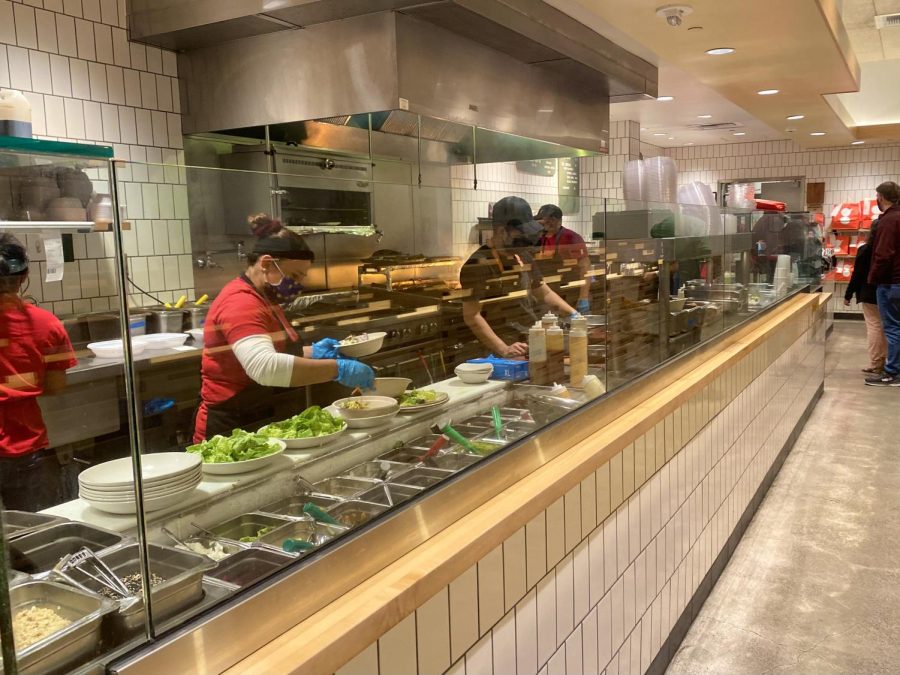Third-party food delivery apps such as Doordash, Uber Eats, and GrubHub charge restaurants hefty fees, leaving these apps and restaurants as uneasy partners. Customer convenience comes at the expense of restaurants and restaurant workers losing out on money.
Many customers turned to food delivery apps at the beginning of the pandemic due to their simplicity and convenience. When ordering from one of these delivery services, customers can order off a cell phone, and couriers will quickly pick up the food and deliver it to the customer’s chosen location. Adam Man, a freshman at Carlmont High School, frequently used DoorDash during the pandemic.
“I wanted to eat foods I couldn’t make [myself] and support small businesses during the pandemic,” Man said.
At the beginning of the pandemic, when indoor dining shut down, customers were not the only party to turn to the convenience of food delivery apps; restaurants relied on them as well as a lifeline.
Although helpful during the pandemic, some restaurants have noticed the high fee these apps charge for each order. On the flip side, some restaurants appreciate the convenience of not dealing with food delivery regulations, as these apps handle them. Tony Gundogdu, the previous owner of San Carlos’ Piacerre, noted how food delivery apps were helpful in some instances.
“For restaurants, food delivery apps are good because when owners want to start delivering their food, the apps cover insurance, workmen liability, cars, drivers, and driver benefits. All of this is taken care of by third-party companies like Doordash and Grubhub,” Gundogdu said.
While Gundogdu recognized the many benefits that food delivery apps provide, he also stressed how the apps take a significant fraction of each order’s revenue.
“They take between 15% up to close to 30% based on the restaurant volume, location, and popularity,” Gundogdu said.
Gundogdu doesn’t just fear the financial burden of delivery apps, but how the food couriers will represent the restaurant and live up to its standards.
“With the food we give to DoorDash or other delivery services, we always have a concern that they won’t represent us well. We want our food to get delivered under the conditions and quality we uphold,” Gundogdu said.
Many restaurants have had some of these financial and quality concerns since long before the pandemic; however, the height of the pandemic just exacerbated them primarily because restaurants were struggling to stay afloat.
For restaurants to make a substantial profit from take-out food, they need their customers to order directly through the restaurant. Notably, when customers order through food delivery apps, the restaurant staff is not making tips for their work. Tips go only to the food deliverers, although they are not the only part of the process.
Many cities are placing caps on the fees food delivery apps can place on restaurants, ideally leading to restaurants and these apps being able to work together in harmony like they were intended to do.
“I recommend the customer go through the restaurant to pick up their food, not only for profit, but to keep the standards of the restaurant as well,” Gundogdu said.
Casey Shea, a sophomore at Carlmont High School, demonstrated her support for restaurants.
“So many restaurants have had to close due to lack of funds, and if going straight through the restaurant is best for the restaurant, it’s definitely something I would do,” Shea said.












